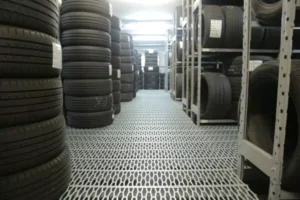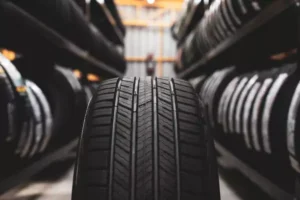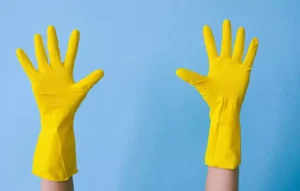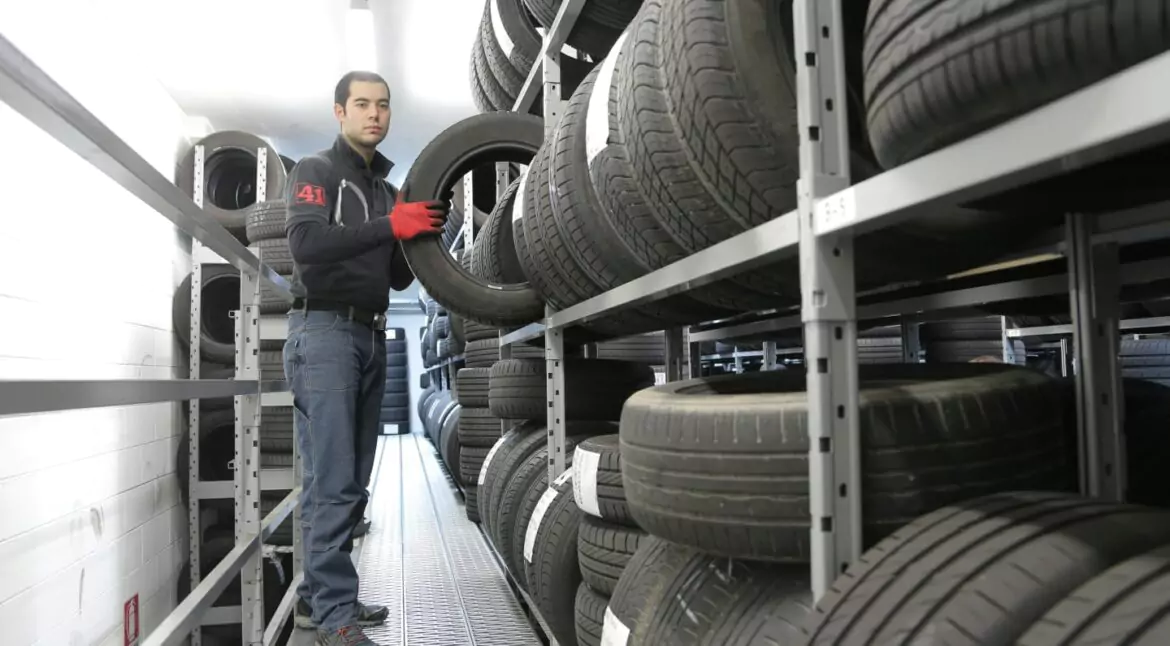Titanium dioxide used for Rubber
The main application for titanium dioxide is as a pigment in paint, coating, plastics, and coloring. In environmental applications, titanium dioxide acts as a photocatalyst, dissolving contaminants and promoting air purification. Ink, rubber, paints, polymers, and glass all contain TiO2..TiO2 can be added to glass during the manufacturing process to enhance characteristics like scratch and UV resistance. It also contributes to the creation of self-cleaning glass because, in the presence of sunshine, its photocatalytic qualities aid in the breakdown of organic filth and other pollutants. Glass surfaces last longer and require less maintenance when they have this dual use. The paint industry relies heavily on titanium dioxide (TiO2), which is prized for its superior brightness, hiding power, and durability. The following are some crucial details regarding TiO2 in paint.

Tio2 used for rubber can be used as a binder and matrix for titanium dioxide. Its found in coating and sealants. Tio2 used in rubber It helps in achieving uniform color distribution, which is crucial for maintaining product aesthetics
TITANIUM DIOXIDE AMOUNT IN RUBBER
Filler and pigment in rubber compositions are common uses for titanium dioxide (TiO2). Depending on the kind of rubber, its intended use, and the required qualities, different amounts of TiO2 may be added. Here’s a broad rundown:
The amount of titanium dioxide used for rubber is about 5% to20% by weight.
The amount of Tio2 used in paint is about 15%to30% of the total weight. In high -quality coating it can even reach up to 30% or more.
Depending on the particular use and required properties, rubber’s TiO2 content varies greatly. It improves qualities including toughness, resistance to UV rays, and visual appeal, which makes it an important addition for rubber formulations. It is vital to comprehend these ratios in order to maximise the functionality of rubber goods.
APPLICATION OF RUBBER
TiO2 improves performance in a variety of rubber applications, such as gaskets, tires, and seals, by operating in diverse environments.
- Conveyor Belts: Rubber is used to make conveyor belts, which offer material handling systems durability and wear resistance.
- Hoses and Tubing: In many industrial applications, the transportation of liquids and gases requires the use of rubber hoses.
- Vibration isolation: To lessen vibration in machinery and equipment, rubber mounts and pads are utilized.


Benefits of Tio2 in rubber.
- Rubber is a special material with a variety of qualities that make it very beneficial for a wide range of uses in numerous sectors. These are a few of rubber’s main advantages.
- Resistance to Chemicals Certain rubber varieties can withstand oils, solvents, and other chemicals, which makes them appropriate for use in industrial settings where harsh materials are frequently encountered.
benefits make it a necessary commodity in a variety of industries, including consumer products, healthcare, and construction as well as automotive and construction. Because of its special qualities, it is safe, long-lasting, and useful, which confirms its place as an essential material in contemporary applications.
MANUFACTURERS OF RUBBER
As rubber products incorporate TiO2, manufacturers are able to ensure strength, aesthetics, and cost-effectiveness, ensuring both consumer and industry demands are met.TiO2 will likely continue to play a crucial role in technology and they have an ability to maintain continuously.
In environmental applications, rubber rolls are used
The First Step:
Managing waste
The use of rubber rolls in waste management systems is especially useful in landfills and recycling facilities.
- Rubber rolls can serve as landfill liners, keeping nearby soil and groundwater from becoming contaminated by leachate. This containment meets environmental standards and protects nearby ecosystems.
- Recyclers use rubber rolls as flooring in recycling centers to create a soft surface that reduces noise and prevents equipment wear. This enhances both worker safety and operational efficiency.
Comfort and Safety
Rubber rollers reduce slip hazards and offer comfort, improving safety in a variety of environments:
- Playgrounds: Rubber roll surfaces reduce the impact of falls, enhancing children’s safety and promoting environmental sustainability.
- Gym floors: Rubber flooring in fitness centers offers grip and shock absorption, making the exercise area safer.
Are useful in environmental applications because they help with noise reduction, green roofing, trash management, erosion prevention, and safety. Rubber rolls provide robust, low-maintenance solutions and increase functionality while also supporting sustainability by employing recycled components. Because of their adaptability, they are crucial to the creation of safer and greener environmentsBusinesses are driving the increased demand for rubber rolls as they seek more environmentally friendly options, which boosts their positive impact on the environment..



